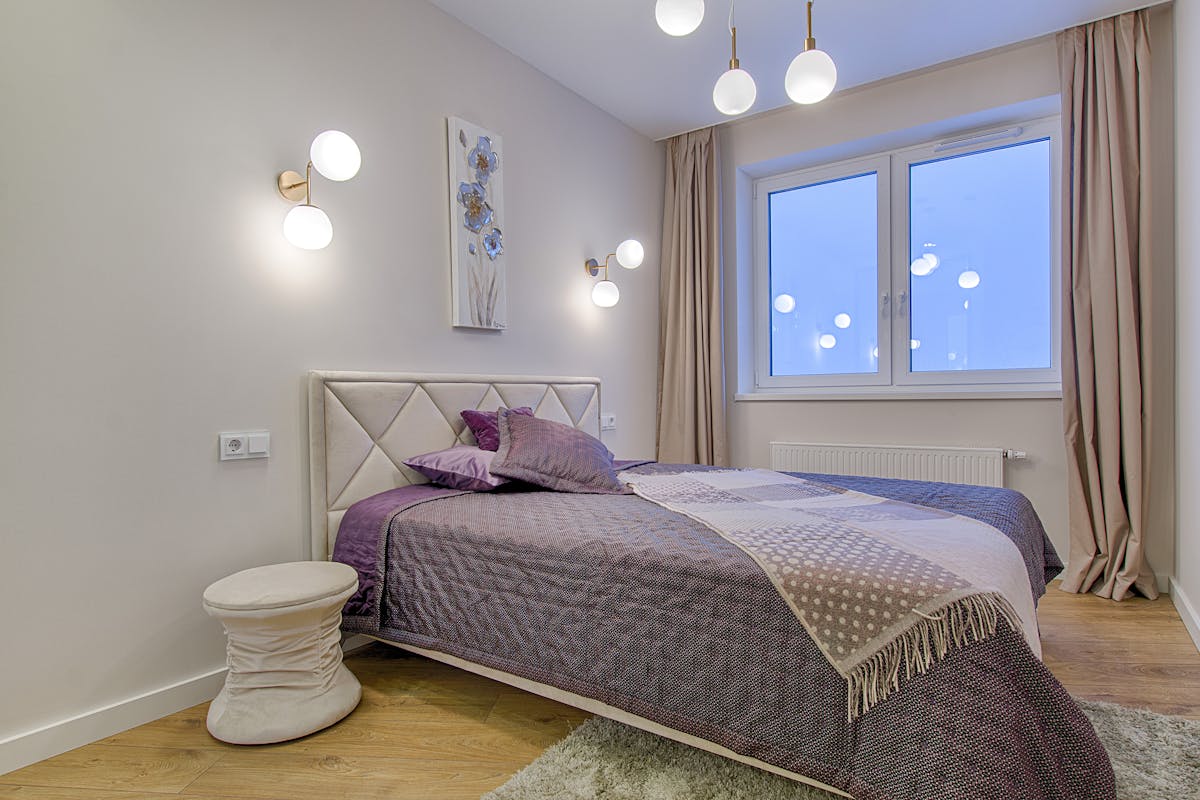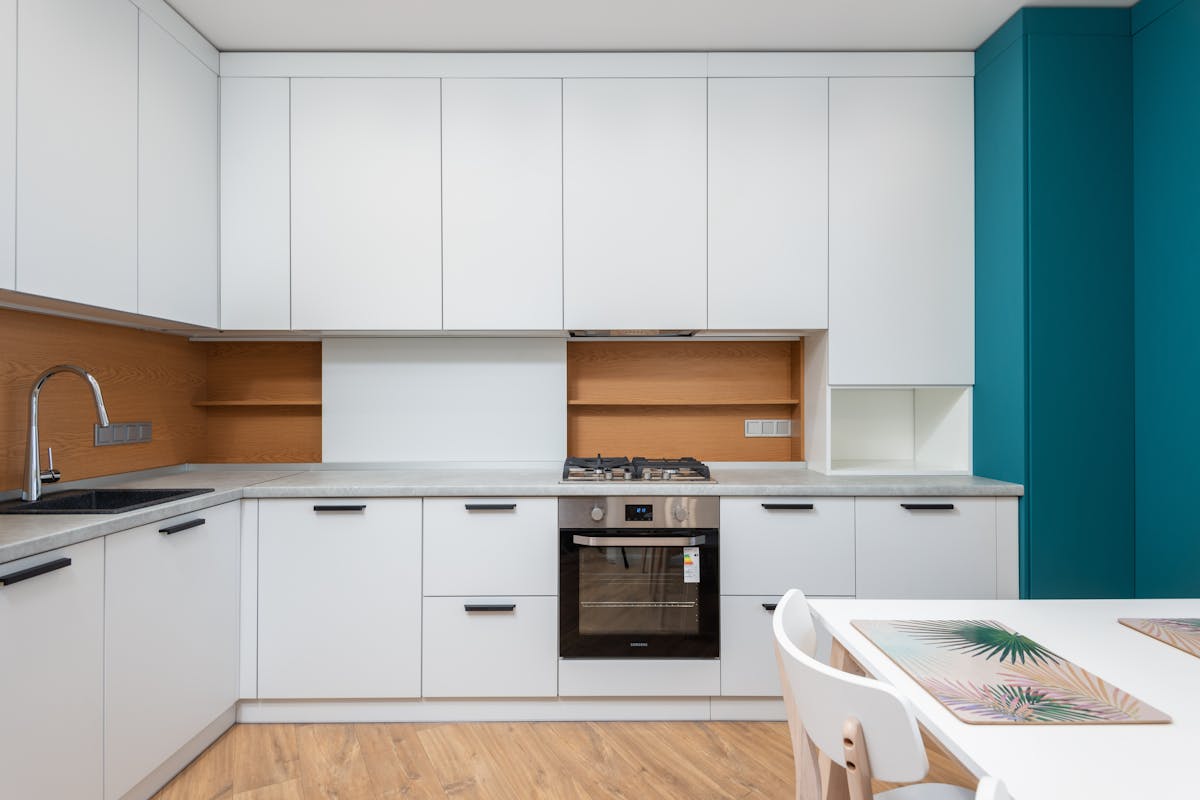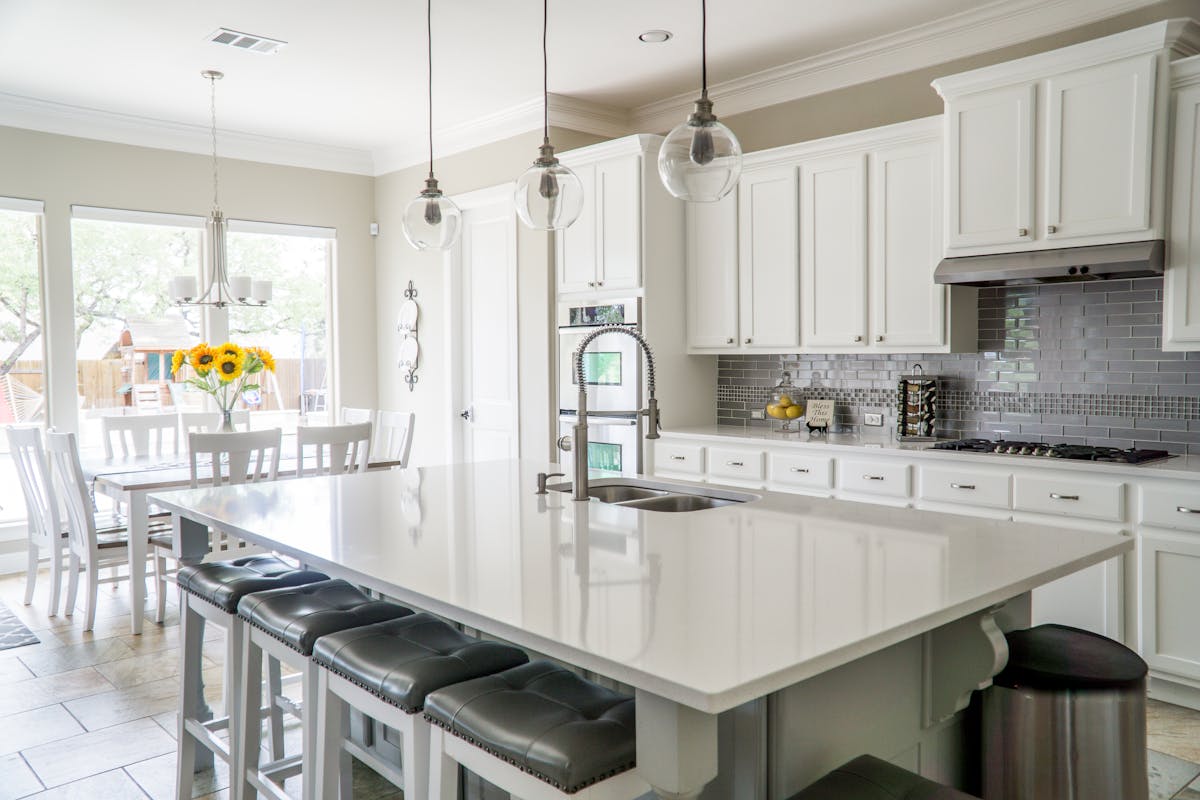
How to Choose Colors for Your Home (BONUS VIDEO)
Choosing wall colors for your home is one of the most difficult tasks in interior redesign. A good choice of wall colors greatly contributes to the overall appearance of the room. Color choices in the home shouldn’t be left to chance or momentary mood. When selecting colors, you must coordinate wall colors with furniture, the purpose of the room you’re decorating, and perhaps even align everything with your favorite color.
Don’t forget that any furniture you purchase later should match the colors you choose.
Living Room Wall Colors
The living room is the space where you spend most of your time. You can experiment with colors here, but remember not to create too much contrast between the furniture and wall colors. The best choices for living room walls are pastel shades. Applying photo wallpapers and wall stickers has become very popular in recent years. If using photo wallpaper, choose just one wall for it, and paint the others in solid, coordinating tones.
Kitchen Wall Colors
Choose pleasant colors for the kitchen and dining room to make cooking and dining more enjoyable. In addition to cabinet colors, kitchen walls should also match the tiles or backsplash glass, which are essential parts of any kitchen. Light, soft, and vibrant tones work best here. Avoid cold shades of gray and blue as they tend to reduce appetite.
Bedroom Wall Colors
The bedroom is a place for relaxation and rest, so wall colors should reflect the room’s purpose. Blue, purple, gray, or beige are ideal for bedroom walls. Neutral shades of these colors help promote better sleep. Avoid using orange or red as they tend to stimulate rather than calm.
Children’s Room Wall Colors
Children’s room walls can be painted in a variety of shades. The colors should be vibrant but not overly bright or fluorescent, to avoid causing agitation. For a baby’s room, use softer, lighter colors and pastel tones. In kids’ rooms, you can use different colors on each wall or even mix two contrasting colors on a single wall. Wall stickers can make the space even more engaging.
Choosing Colors
Start with a color palette – there are primary, secondary, and tertiary colors.
Primary colors are red, blue, and yellow. These are pure colors and cannot be created by mixing others. Secondary colors – orange, green, and purple – are formed by mixing equal parts of two primary colors. For example, equal parts blue and yellow make green. Tertiary colors are made by mixing different proportions of primary and secondary colors. White and black are often added to adjust brightness or darkness.
Create Your Own Color Scheme
Use the color palette to create a scheme that best matches your personality. There are four types of possible color schemes:
Harmonious Schemes – all colors are in harmony and do not compete with one another. No color stands out, so the overall mood is calming. There are two main types of harmonious schemes.
Monotone Scheme – this uses one low-intensity color like light beige, gray, or white in a narrow value range. It's often used in showrooms because its calmness makes a perfect backdrop. Any bold object will stand out in such a scheme, which you can use to your advantage if you want to highlight something.
Monochromatic Scheme – based on a single hue, but in a broader range of tones and intensities. For instance, a yellow-based scheme might include light yellow, lemon yellow, and golden yellow, used separately or together. This creates a special visual atmosphere.
Contrasting Schemes – unlike harmonious ones, contrast schemes are made to draw attention. The color choice becomes the focal point. You can create contrast with analogous colors (e.g., blue and turquoise), which are next to each other on the color wheel. These may resemble harmonious schemes depending on intensity.
Alternatively, combine complementary colors from opposite sides of the color wheel, such as blue and orange. You can play with different tones on each side or expand the palette using triadic color combinations. Mixing warm and cool colors or using various textures and materials can further enrich the design, though that’s a topic for another time.
Applying Your Chosen Palette
Be careful when choosing wall paint – it’s affordable and available in any shade. So when decorating a room, start with furniture and rugs, which are harder and more expensive to replace. Once you’ve chosen those, select matching wall colors.
You can decide whether to apply bold colors to accessories and furniture or to the walls. Many people prefer a neutral furniture base with bold walls, while others do the opposite.
Four Common Color Choice Mistakes
Colors are an important decorative element in interior design and can greatly affect the style, beauty, and comfort of your home. Therefore, you should pay special attention when selecting them, seek expert advice, and take time to find colors that will enhance your space.
When choosing furniture colors, wall paint, decorative elements, or your home's overall theme, it’s easy to make mistakes. To help you avoid that, here are some of the most common ones:
Matching the decoration color with dominant items in the space.
To highlight key elements like furniture, choose decor in the same color but in lighter, softer shades. Using identical colors closes off the space and diminishes emphasis on focal points. For instance, pair dark furniture with lighter rugs, pillows, curtains, etc.

Choosing White or Cream Just Because You Think It’s Safe
If you believe that white or cream is a foolproof choice, think again. Even neutral tones like white, gray, or beige come in countless variations, so you still need to invest time and thought in choosing the right one.
Use samples and limit yourself to three or four favorite colors that match the space. For wall painting, test a sample section and evaluate it in both daylight and nighttime lighting before deciding.
Choosing Colors That Are Too Bright or Intense
Overly bright or vivid colors are usually too intense for most interiors. A large, sunny room might handle lemon yellow or light green, but generally, it’s better to choose tones that feel comfortable and conceal imperfections. If you’ve always dreamed of a red living room, opt for brick or raspberry tones instead of bright red.
Using Inappropriate Colors for a Specific Room
Warm colors uplift the mood and enhance comfort, making them ideal for living rooms. These include earthy red, dusty purple, and deep gold tones. Cool colors like silvery blue, natural green, and lavender are calming, perfect for bedrooms.
On the other hand, green walls in a bathroom or bright yellow in a bedroom might be irritating. So think carefully about how you want to feel and what atmosphere you want to create in each space before choosing a color.





